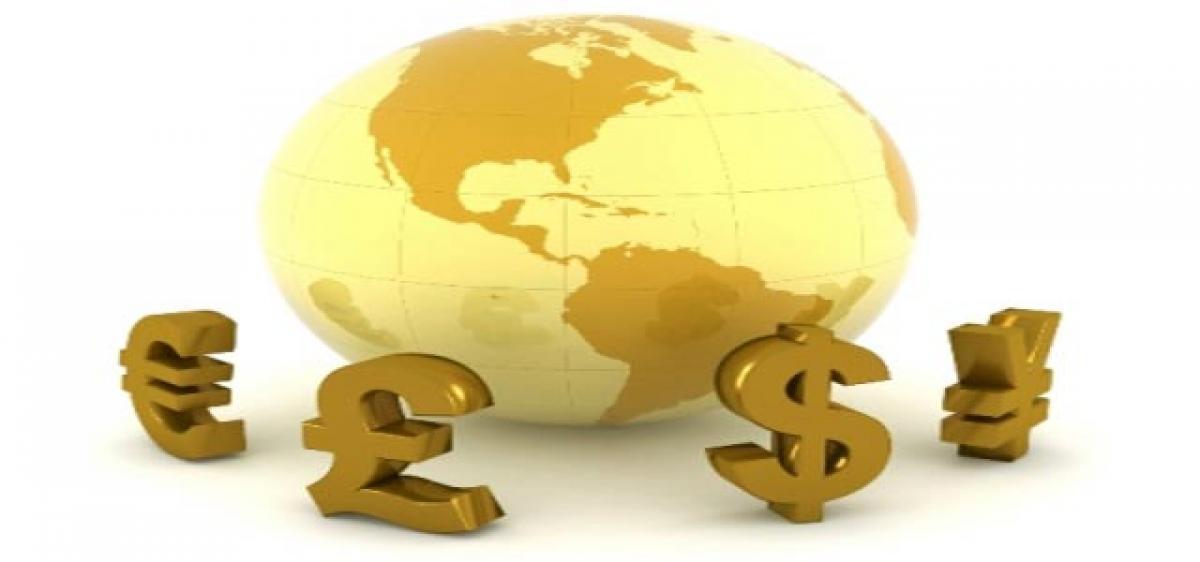Reserve Currency

It is reported that the International Monetary Fund (IMF) is set to approve inclusion of China’s renminbi (or yuan) as a reserve currency this month.
It is reported that the International Monetary Fund (IMF) is set to approve inclusion of China’s renminbi (or yuan) as a reserve currency this month. A reserve currency (also known as an "anchor currency") is a foreign currency held in large quantities by central banks and financial institutions such as IMF and World Bank as an acceptable means of international payment.
Reserve currencies enable a country to cover international debt and other obligations whilst reducing the risk associated with exchange rate fluctuations. These fluctuations could cause unpredictable and costly changes in the level of international payments. Reserve currencies can also be used to support a nation's own currency. For example, theBank of England could use its foreign reserves to repurchase the British pound, according to en.tradimo.com.
Holding currency reserves minimizes exchange rate risk, as the purchasing nation will not have to exchange their currency for the current reserve currency in order to make the purchase. Since 1944, the US dollar has been the primary reserve currency used by other countries. As a result, foreign nations closely monitored the US monetary policy in order to ensure that the value of their reserves is not adversely affected by inflation.
The post-war emergence of the US as the predominant economic power had enormous implications for the global economy. At one time, its GDP represented 50% of the world’s output, so it was a matter of course that the US dollar would become the global currency reserve, as it did in 1944. Since then, other countries pegged their exchange rates to the dollar, which was convertible to gold at the time. Because the gold-backed dollar was relatively stable, it enabled other countries to stabilize their currencies, writes investopedia.com.
It further adds that in the beginning, the world benefited from a strong and stable dollar, and the US prospered from the favorable rate of exchange on its currency. What the foreign governments did not fully realize was that, although their currency reserves were backed by gold reserves, the United States could continue to print dollars that were backed by its Treasury debt. As the US printed more money to finance its spending, the gold backing behind the dollars diminished. The continued printing of money beyond the backing of gold reserves reduced the value of currency reserves held by foreign countries.














